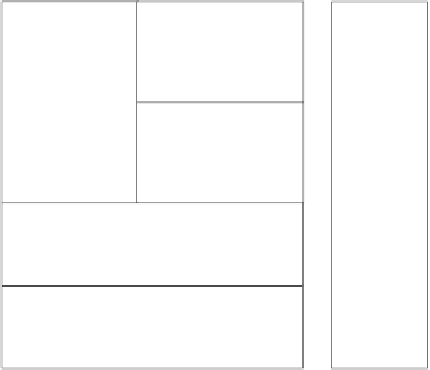Information Technology Reference
In-Depth Information
20
WorldFIP
20.1 Introduction
The WorldFIP protocol is an open system, international fieldbus standard (EN50170) and is
used to interface to level zero (sensors and actuators) and level one (PLCs, controllers, and
so on) devices. It can be used in many different architectures, such as centralised,
decentralised and master-slave. The control algorithm can be located within a single
processor or can be distributed. Figure 20.1 shows the layers of the WorldFIP standard.
subMMS
(Subset of
Messaging
Services)
MPS
(Manufacturing
Periodical/
APeriodical
Services)
MCS
(M essage
Control
Services)
Data Link Layer
Physical Layer
Figure 20.1
WorldFIP layers
20.2 Physical layer
The physical layer ensures the transfer of bits from one device to another. In the main
specification the transmission rate is 1 Mbps over shielded twisted-pair (STP) or optical fibre
cable. The three defined rates are S1 (31.2 kbps), S2 (1 Mbps) and S3 (2.5 Mbps) and an
additional speed of 5 Mbps (fibre optic).
As Ethernet, WorldFIP uses Manchester coding. This codes a '1' as a high to a low
transition, and a '0' as a low to a high transition, as illustrated in Figure 20.2. A constant
high or a constant low level is a violation to the coding. A high level is a V
+
volition and a
low level is a V
-
violation. Manchester coding has the advantage of embedding the clock
within the transmitted signal.






